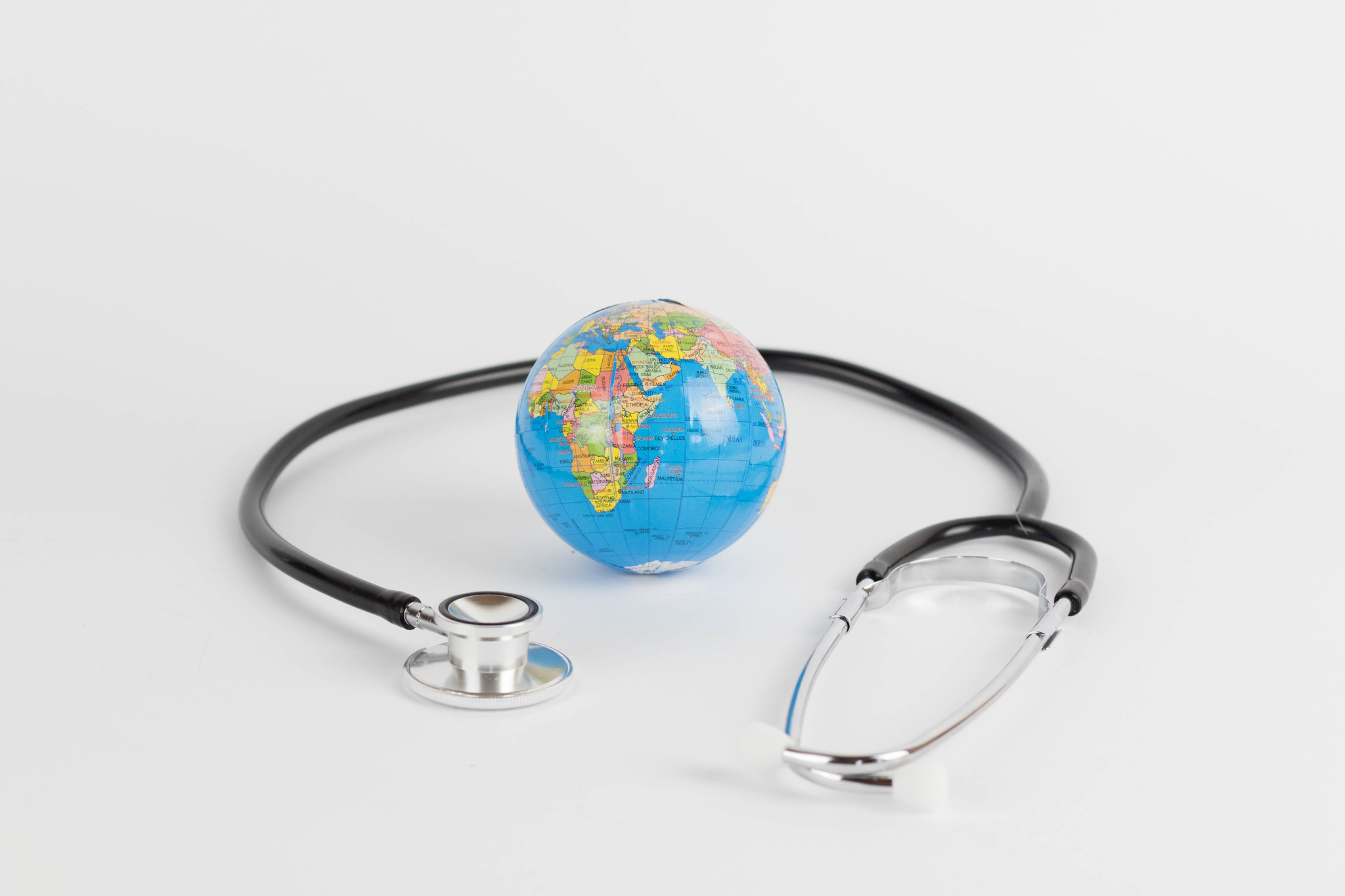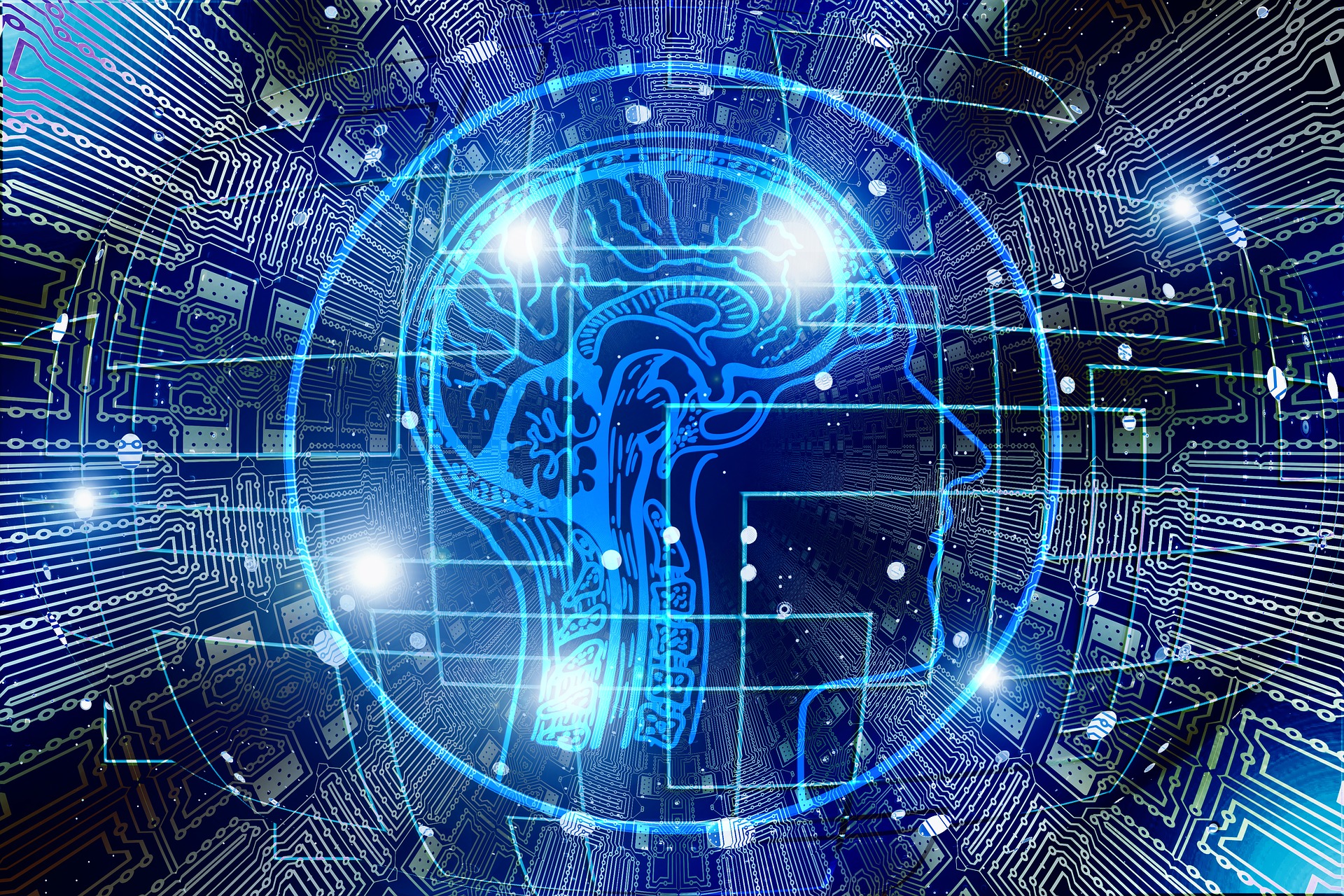Sarah Kim, MD, CEO
Losing a loved one to cancer can be one of the hardest moments in your life. It might be difficult to be optimistic. I lost my aunt to breast cancer some 10 years ago. She was diagnosed in one country, but passed away in another. Even today, her memories keep me wondering whether there was anything that we could have done more to help prevent cancer in the first place, tried to catch it earlier, provided better treatment, or at least made her journey throughout more comfortable.

During my years in an international health care center, patients came from all over the world hoping for an accurate diagnosis, to initiate treatment, to continue treatment, or to return home to continue the fight there. They bring with them large amounts of data, hoping that we will be able to make sense of it all.
Imagine a patient to be diagnosed with breast cancer early enough that surgery was possible, and required further radiation therapy. If she were from a different country, where home was where all her support system was, it would be understandable that she would only want to receive continued treatment back home. Imagine the amount of medical information and imaging studies that would need to be downloaded to her doctors back home. It’s hard enough to get medical records across town, let alone across state lines, an ocean, or a language barrier.
In an age when machines have been shown to outperform humans in classification tasks and literally beat humans at their own games (like Jeopardy!, chess, or Go), why are these seemingly mundane tasks so difficult?
We can do better.

[Image credit: Marco Verch , CC 2.0 ]
A large amount of time is spent trying to integrate these large amounts of data while trying not to let anything important slip through our fingers. If we can allow machines to properly manage and analyze data at scale under supervision, medical professionals can allocate their time to the things that they do best. In a study, the average doctor in the US spends 8.7 hours per week on administration and paperwork, and the rates of burnout among doctors continue to rise and job satisfaction fall1. If machine learning and AI can perform these tasks and procedures with more efficiency and with greater accuracy , why shouldn’t they be?
AI and machine learning are rapidly making their way into the health care system, from data analytics to diagnosis and even treatment plannings. However, they still face many milestones ahead such as data quality, privacy protection, questions of legal liability in diagnostics and treatment, maintenance of certification, etc. A study in BMJ Quality and Safety stated that because high quality data for training is limited, machine learning may lead to an algorithm that brings about the wrong conclusions. Another concern was how can we monitor and maintain the datasets over time to adjust to the changes in medicine2.
Furthermore, machine learning algorithms are only as good as the data it gets, and are unable to perceive other factors of patients’ needs and their environment that may lead to different treatment outcomes. With that being said, artificial intelligence supervised by human intelligence, machine learning with an enhanced perception, will inevitably be a tool that can help bring the medical world towards a more efficient, time-saving and less error-prone, patient-centered health care.

When we do what we do best, and let the machines take care of the rest, medicine can be at its best. Let’s face it, we can all do better.
![]()

1 thought on “We Can Do Better”
Comments are closed.